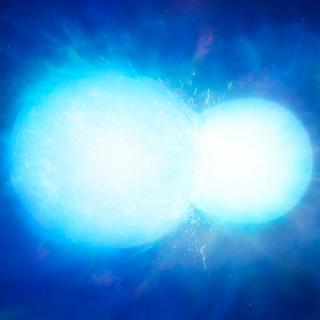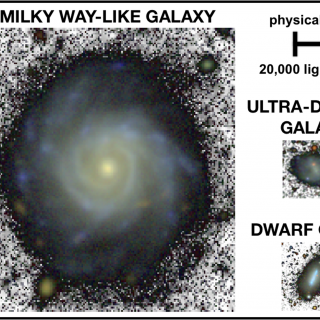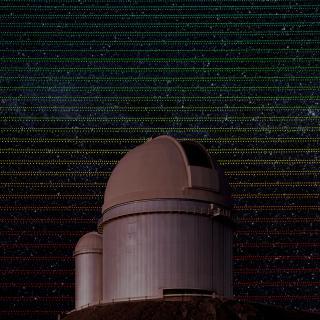
An international team of astronomers in the project SPECULOOS, dedicated to the search for habitable planets, with scientists participating from the Instituto de Astrofísica de Canarias (IAC) has discovered an eclipse (termed an occultation) in a peculiar brown dwarf formed by two stars orbiting around each other. The results are just published in the journal Nature Astronomy. The finding was by chance, when the scientists were working on the results from the first light of one of the four telescopes of the project, in Chile. Shortly after the building of the first SECULOOS telescopes, and




